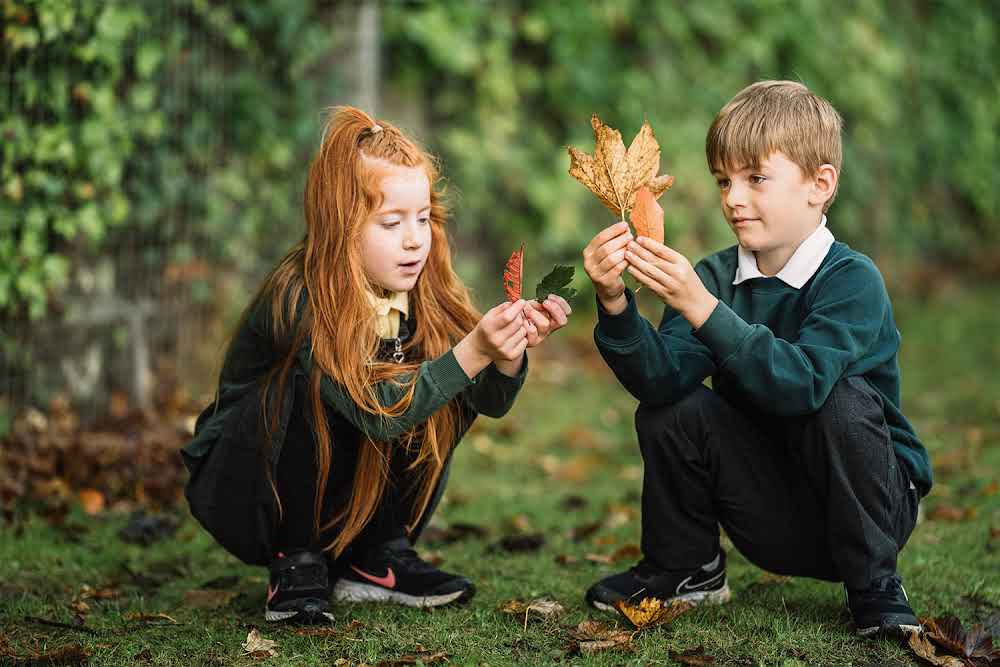
In 2024, campaign group Opal Play proposed that outdoor play in UK schools could help tackle the 'escalating crisis' in children’s mental and physical health. The group believes that schools must encourage children to engage in outdoor play as many children may lack access to safe outdoor spaces and schools are uniquely positioned to offer support.
Children’s access to outdoor play is drastically different from that of previous generations, with the majority of parents now believing that their children spend less time outdoors than they did. Almost half of parents also claim they rely on school to ensure their children are spending time outdoors through PE and playtime.
However, as the weather worsens, many primary schools have begun indoor playtimes, further restricting children’s access to the outdoors. Though poor weather conditions threaten student safety, this risk shouldn’t prevent children from playing outdoors where appropriate.
With several stakeholders involved in the decision between indoor and outdoor play, it can be difficult to agree on the correct threshold that prioritises the value of outdoor play for children and teachers. However, adopting an ‘always out’ approach can help empower all decision-makers to maximise children’s access to the outdoors even during less favourable weather conditions.
Why is outdoor play so valuable?
Outdoor play is crucial for all children’s physical, social and emotional development both inside and outside the classroom.